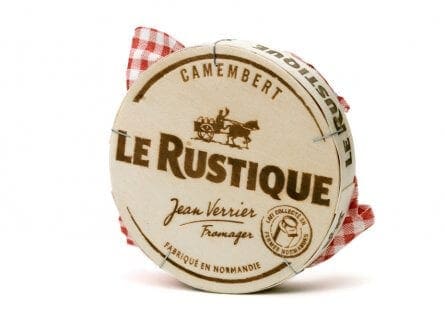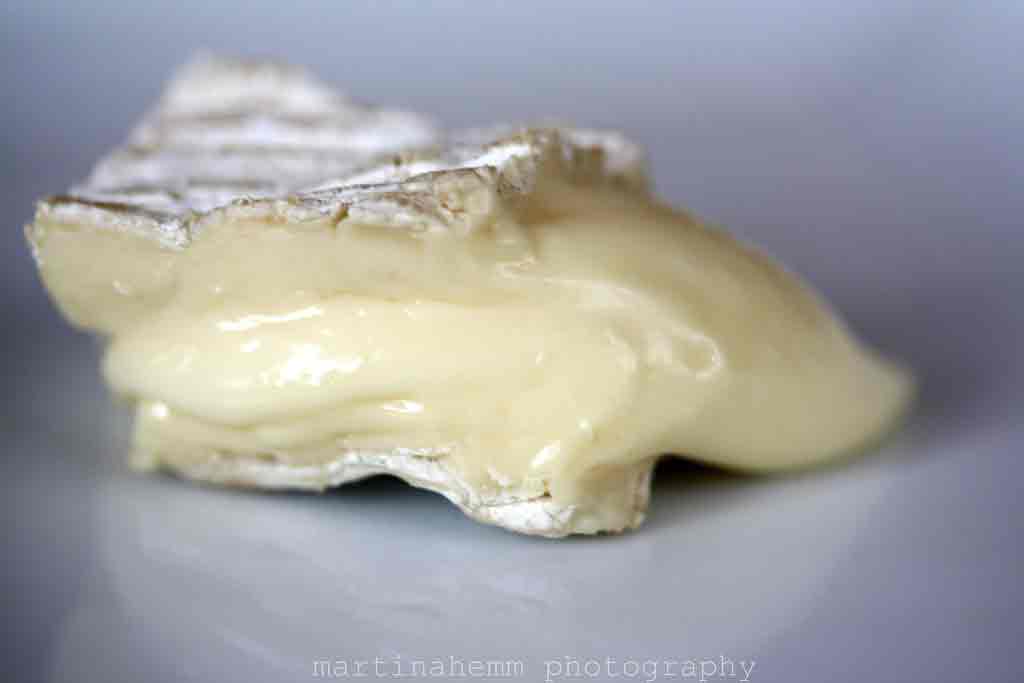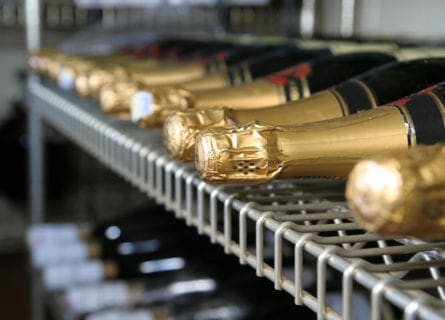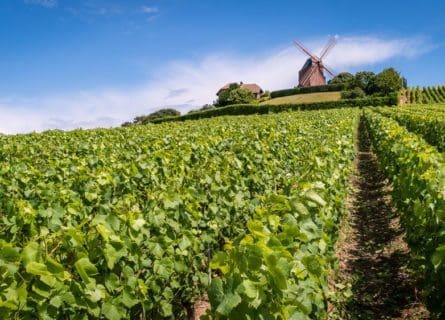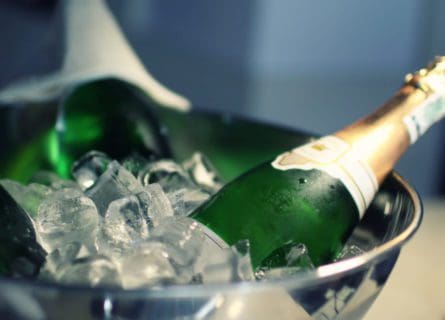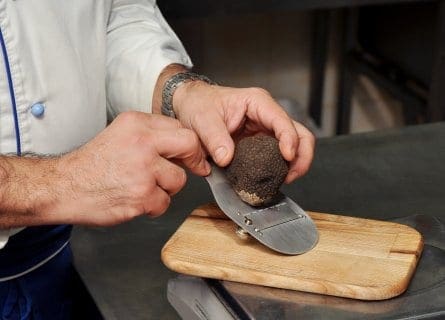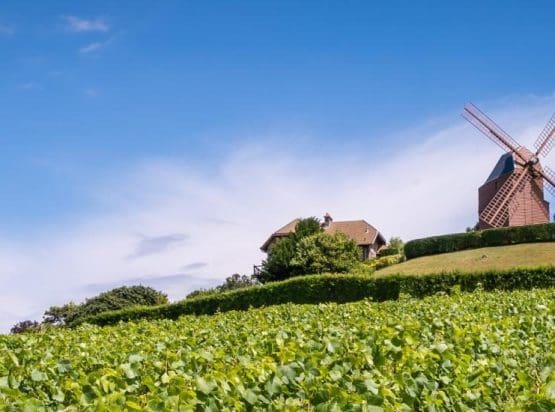
Paris Travel Guide
Paris: Where Every Moment is a Masterpiece in the City of Art, History, and Indomitable Spirit
The best advocates for visiting Paris are the Parisians themselves, convinced as they are that their city is the most beautiful and civilized on earth. The art, architecture, and, of course, food and wine are all justly celebrated! France’s linchpin, Paris, excites and astounds all who visit with its intense tempo of life, stunning beauty, fascinating history, and notoriously assertive citizens!
Paris enjoys a history that spans over 2,500 years, during which the city has grown from a small Gallic settlement to the sprawling, multicultural capital of France it is today.
The city’s early history is murky, but in the 3rd century BC, a group of Celtic Gauls called the Parisii founded what we know as Paris today. Unfortunately, the Romans also had their eye on the prize and finally wrestled control from the Gauls in 52 BC. The settlement on the banks of the river Seine prospered as the Roman town of Lutetia despite the ensuring raids on the city from the Franks. The Romans occupied what would later be known as Paris until the late 5th century. At this time, a second wave of invaders overran the settlement, seizing it from Roman Rule.
Paris’ fortunes would then take a turn for the worse as it came under the militaristic ruler of the Carolingian dynasty, beginning with Charles’ the Hammer’ Martel. He was more preoccupied with grisly wars than protecting his city, and Paris languished. The Vikings paid the city more than one visit during this era and inflicted severe damage, conducting several raids on its south banks. Salvation came from the counts of Paris, whose powers had increased as the Carolingians feuded among themselves, and they decided to elect one of their own, Hugh Capet, as King at Senlis in 987. He made Paris the royal seat, and the city prospered for the next 800 years.
Paris’ strategic riverside position ensured its importance throughout the Middle Ages, although settlement remained centered on the Île de la Cité, with the Left Bank to the south given over to fields and vineyards; what we now know as the Right Bank was a soggy marsh. By the mid-12th century, however, the Left Bank was developing as the center of European learning and culture, particularly in what we now call the Latin Quarter. Poetry, Philosophy, and the arts flourished, and the famous University, the Sorbonne, was established during this time.
Sadly, this era of good fortune was not to last as some three centuries of hostility between the Capetian rulers of Paris and the Anglo-Normans degenerated into the Hundred Years’ War, which would be fought on and off until the middle of the 15th century. The Black Death in the 14th century killed more than a third of Paris’ population but only briefly interrupted the fighting. The city would not see its population recover until the beginning of the 16th century.
The Hundred Years’ War, the plague, and the development of free, independent cities across Europe brought revolutionary ideas to Paris as tensions grew between the wealthy and the peasant class. In 1358, a wealthy merchant named Étienne Marcel allied himself with peasants revolting against the city’s ruler and seized Paris to limit the throne’s power and secure a city charter. But the Dauphins supporters recaptured it within two years, and Marcel and his followers were executed at Place de Grève. Ouch!
This reinstatement brought limited stability, as after the French army was defeated by the English at Agincourt in 1415, Paris was once again embroiled in revolt. The dukes of Burgundy, allied with the English, occupied the capital in 1420. An English king was crowned at the famous Cathedral Notre Dame 10 years later, although the French continued to attempt to reclaim their city. Around this time, a 17-year-old peasant girl known to history as Jeanne d’Arc (Joan of Arc) persuaded the French pretender Charles VII that she had received a divine mission from God to expel the English from France. She won many battles against the English but failed to take Paris. In 1430, she was captured, convicted of witchcraft, and burned at the stake. The French would not regain control of Paris until 1436, after which conditions finally improved for its citizens under the first Renaissance King Louis XI.
The culture of the Italian Renaissance (French for ‘rebirth’) arrived in full swing in Paris in the early 16th century, and the city would enjoy a lengthy golden age in which culture, science, and art flourished. At this time, the French aristocracy began embracing the idea of secular over religious rule. The wars of religion between Protestant and Catholic supporters would take its toll on the city. Still, generally, Paris enjoyed relative stability under its Royal leadership until the French Revolution in the 18th century, which overthrew the ruling aristocracy.
A so-called reign of terror followed, where Marie Antoinette was famously beheaded along with wealthy nobles and their sympathizers. France was a republic until Napoleon Bonaparte took control in 1799, and the first empire was born. The following 100 years would see significant changes and social upheaval across France; the Monarchy returned to power in the 19th century, after which Napoleon’s nephew formed the second empire in 1852. During this period, Paris was transformed by town planner Haussmann into the modern city it is today. The city’s first department stores were also built at this time – the now-defunct La Ville de Paris in 1834.
The Third Republic was declared in September 1870 and immediately tasked with defending the capital against an impending Prussian invasion. A disastrous war with the now non-existent state of Prussia meant that Prussian troops were present in Paris until May 1871. During this time, a rebellious government, known to history as the Paris Commune, was established, and its supporters, the Communards, seized control of the capital. Vicious fighting ensued, but ultimately, they were defeated, and its supporters were all promptly shot.
Despite this disastrous start, the Third Republic ushered in the glittering belle époque (beautiful age) with Art Nouveau architecture and advances in science and engineering, including the construction of the first metro line, which opened in 1900. The Paris of nightclubs and artistic cafés made its first appearance around this time, and the district of Montmartre in northern Paris became a magnet for artists, writers, and prostitutes!
Sadly, the outbreak of two World Wars in the 20th century ended this golden age of freedom and prosperity. Paris was relatively unaffected by the First World War, as the fighting never reached the city, and an armistice was signed in 1919. However, the Second World War with the Nazis meant that Paris fell under German control in June 1940. Paris was under German rule for the next four years until the Allies liberated France in 1944. Paris was relatively unscathed by the conflict, but the occupation has left a permanent scar on the city.
The latter half of the 20th century would see more social upheaval and development, as the left and the right would continue to clash. The Student and Worker riots of May 1968 brought the country into chaos. Students occupied the Sorbonne University in the Latin Quarter, and street fighting ensured across the capital. Then-president Charles-De Gaulle managed to end the conflict and instigated sweeping reforms, creating today’s Modern France. A succession of leaders has brought varying degrees of social change to France, but Paris has always remained independent and fiercely proud, head and shoulders above the rest of France.
Today, Paris inspires visitors, as it always has done, with its incredible beauty and unrivaled cultural life. It has enjoyed a long and complicated history, with the struggle for independence and freedom at the very heart of this city. It strives to be the heart of a unified Europe, and we can think of no better candidate. Paris: France’s and the world’s capital (well, according to the locals!)
-
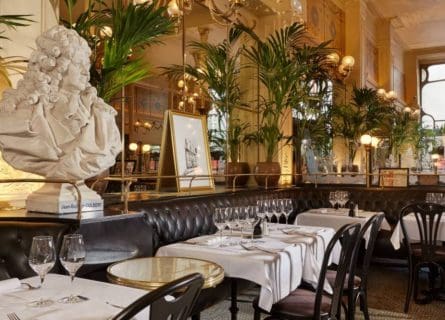
Le Grand Colbert Brasserie Gastronomy & Wine
Two things are taken very seriously in France indeed. First, if one word symbolizes Paris, it is gastronomy. The French remain proud of their cuisine, and the Parisians are no exception. French cuisine derives from various influences, with a traditional emphasis on fresh, local produce and creamy sauces, butter, and cream featuring heavily! It is possible to eat cuisine from all over France (and the world) in Paris, although we recommend experiencing the classic bistro-style cooking while you are there.
Expect duck and steaks in abundance at a typical Bistro, accompanied by the legendary Frites! Every District in Paris has its share of excellent restaurants, although traditional bistros are abundant in the Latin Quarter, and Montmartre is hard to beat for romance. The Marais district on the North Bank has some fantastic avant-garde restaurants where classic Parisian cuisine is given a modern twist. East of Paris, we find Champagne’s famous sparkling wine region; further south, we have the Chablis region; both are abundant in Parisian restaurants. French wine is celebrated worldwide, and it’s possible to drink wines from all over the country, with Paris, Bordeaux, and Burgundy being two big highlights.
A Gastronomic Guide to the Cuisine of Paris: Read more
Nearby Wine regions
-
 Explore the world of Champagne, home to iconic brands like Krug & Dom Perignon. Discover diverse styles from rosé to single vineyard. Uncork luxury now! Read more
Explore the world of Champagne, home to iconic brands like Krug & Dom Perignon. Discover diverse styles from rosé to single vineyard. Uncork luxury now! Read more -
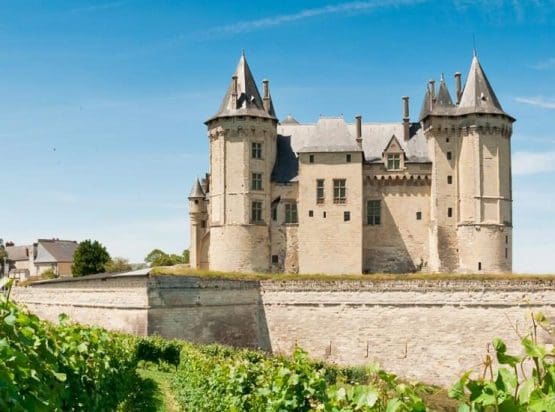 Explore the diverse and luxurious Loire Valley, a hidden gem for wine lovers. From fresh Sauvignon Blancs to robust Cabernet Francs. Plan your trip today! Read more
Explore the diverse and luxurious Loire Valley, a hidden gem for wine lovers. From fresh Sauvignon Blancs to robust Cabernet Francs. Plan your trip today! Read more
Highlights
-
Notre Dame
No other building embodies the history of Paris more than Notre-Dame. It stands majestically on the Ile de la Cite, the cradle of the city. Built on the site of a Roman temple, the Cathedral was commissioned by the Bishop of Sully in 1163. It has been witness to significant events of French history ever since, including the coronation of Napoleon Bonaparte and the state funeral of Charles De Gaulle. A must see!
-
Latin Quarter
Since the Middle Ages, this riverside quarter has been the center of artistic and intellectual life in Paris. Dominated by the infamous University of the Sorbonne, it acquired its name from early Latin-speaking students. The area has long been associated with a bohemian way of life and has a history of political unrest. In 1871, the Place St-Michel became the center of the Paris Commune, and in May 1968, it was a major site of the student uprisings. Today its beautiful streets are full of enticing restaurants, but its infamy lives on.
-
Musée du Louvre
A definite highlight of any trip to Paris, the Louvre contains one of the world’s most important art collections and has a history dating back to medieval times. First built as a fortress in 1190 by King Auguste, it lost its dungeon and keep in the reign of Francois I, who commissioned a Renaissance-style building. It was first opened as a museum in 1793 under the first Republic and houses such famous paintings as the Mona Lisa.
-
Eiffel Tower
Built for the Universal Exhibition of 1889, and to commemorate the centennial of the Revolution, the 324 meter Eiffel Towers was meant to be a contemporary addition to the Paris Skyline. Nothing symbolizes Paris to tourists more than the Eiffel Tower and it should not be missed. It was the world’s tallest building until 1931 when New York’s Empire State Building was completed.
Recommended for you
More information
If you would like us to customize an exclusive luxury tour, contact us and let us know your travel plans. We offer luxury food and wine tours for private groups of a mininium two guests. In addition, all of our private, chauffeured tours are available year-round upon request.

Cellar Tours
Welcome to Cellar Tours, the premier Luxury Travel Specialist since 2003. Our goal is to provide you with the ultimate food and wine vacation experience, with exclusive Mercedes chauffeured tours that showcase the best of local cuisine and wines.
Our team specializes in crafting bespoke, custom-designed vacations, events, and incentives tailored to your unique tastes and preferences. Travel is not just about seeing new places - it's about creating unforgettable memories and indulging in the finer things in life.
As members of Slow Food, OTAVA (Travel Agency Association in Spain), and the IACP (International Association of Culinary Professionals), we promote sustainable tourism and support local communities. We work closely with top-rated hotels, restaurants, and wineries to provide you with the highest level of service and attention to detail.
Whether you're planning a romantic getaway, a family vacation, or a corporate retreat, let Cellar Tours be your guide. With our passion for food and wine, extensive knowledge of local culture, and dedication to exceptional customer service, we're confident we can exceed your expectations.
Contact us today to start planning your dream vacation – we can't wait to hear from you!

